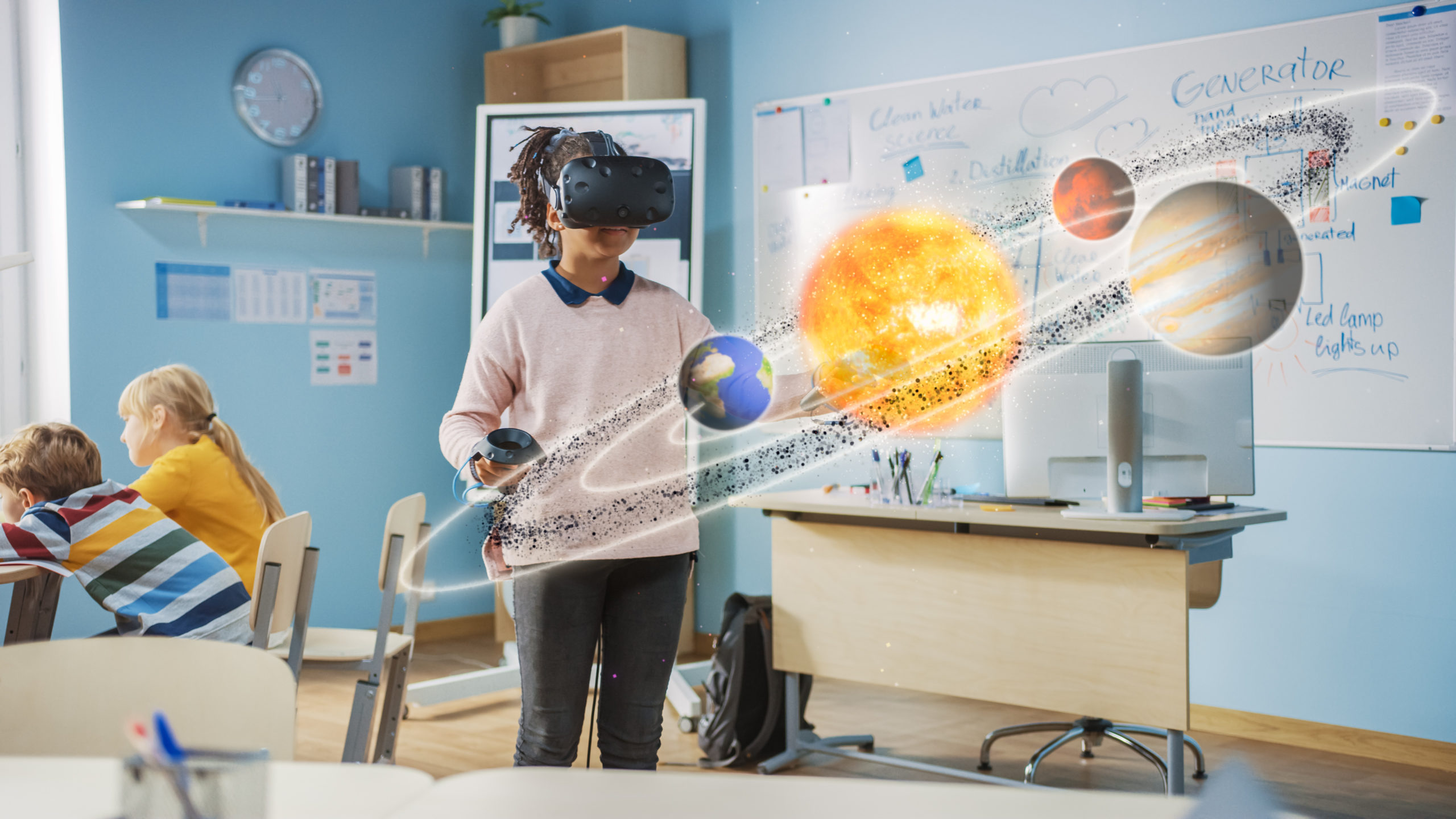
It's no secret that virtual reality is changing the way we consume media. But what effect does it have on learning outcomes in younger students? According to a recent study, virtual reality may be an effective teaching tool for children in K-6 grades. Students who used virtual reality learned and retained knowledge at a higher level than those who did not participate in the study. This is great news for educators!
Virtual reality is an effective tool for learning in young children for a variety of reasons. Virtual reality allows students to immerse themselves in the material they are attempting to master. This means that by experiencing it first-hand, they can learn more effectively. Virtual reality also helps to engage all the senses, which may aid in better learning outcomes. Finally, virtual reality may allow students to experiment with new ideas in a safe and controlled environment.
Virtual reality has many educational applications. In addition to the effects on learning outcomes, virtual reality may also be utilized to assist instructors in producing more effective lesson plans. It can also be used to provide students with more immersive instructional experiences. Virtual reality might help learners of all ages have a greater sense of enjoyment while learning.
The most immersive virtual reality (IVR) systems are known as immersive virtual reality (IVR) systems. These technologies enable user egotistic navigation, in which they view the digital world from within the context, develop a sense of presence and prominence, and enhance their perception of reality as the scene is continuously updated through head turns or bodily movements (Di Natale, Repetto, Riva, & Villani, 2020; Slater & Sanchez-Vives, 2016).
The study by De Natale et al. (2020), which includes 18 articles, suggests that the use of IVR improves students' academic performance and motivation to learn, providing proof that the opportunity to navigate and interact with these immersive systems may have aided learning object comprehension.
This is only a brief glimpse into how virtual reality is revolutionizing learning. Virtual reality will, without a doubt, continue to grow more popular in education as technology improves. We are just starting to scratch the surface of what virtual reality can accomplish for learning. Are you eager to see what virtual reality can do for education? Contact us today to learn more about how VEDX Solutions may help further develop virtual reality in education.
Created By Euphoria XR | Privacy Policy | Sitemap| Contact Us